-----------------------------------------------------------------------------------
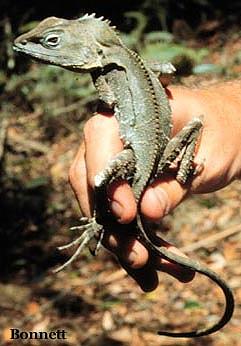
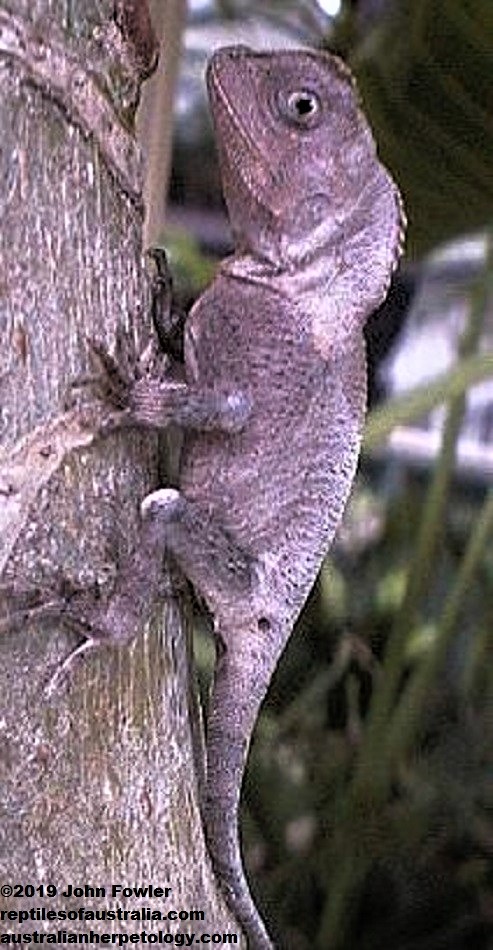
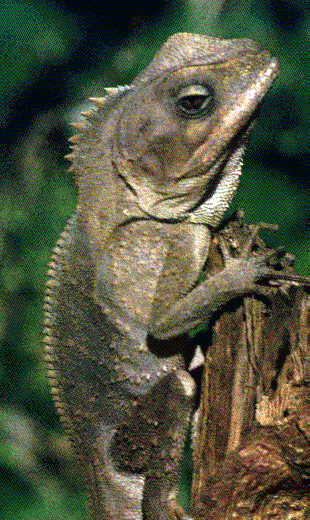
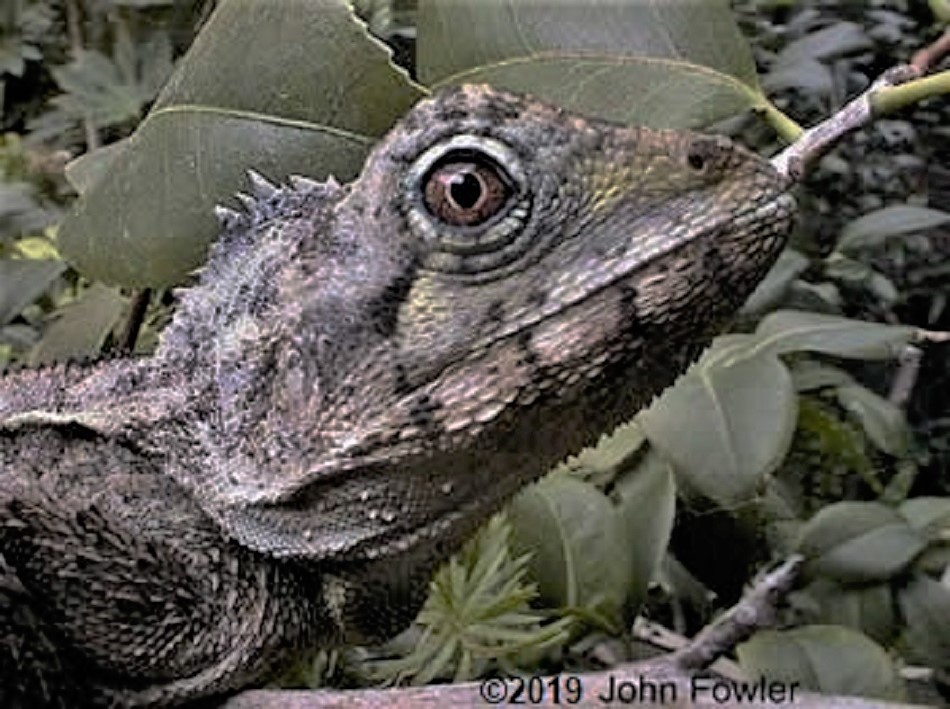

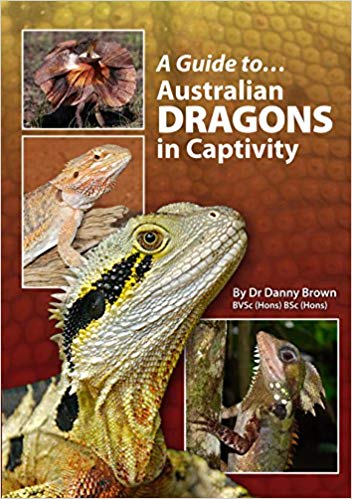
|
|
|
| |
Agamas |
Dragons (Agamas) of Australia | Lizards |
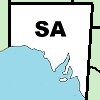
|
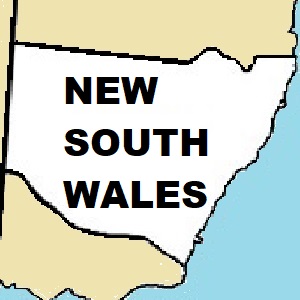
|
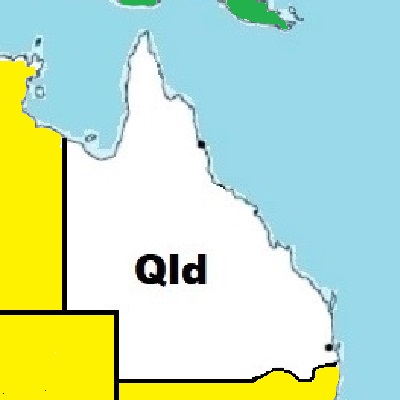
|
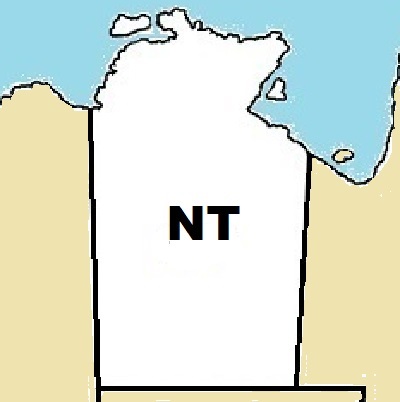 |
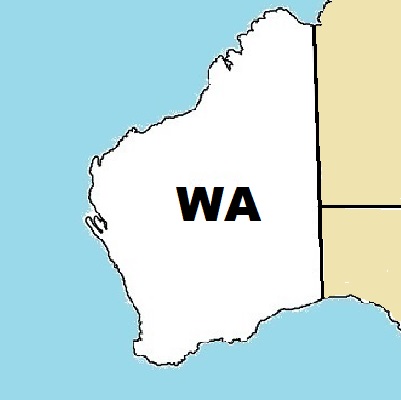 |

|
||
Reptiles
|
Reptiles |
Reptiles
|
Reptiles
|
Reptiles
|
Reptiles
|
Reptiles
|
Reptiles
|
Reptiles of Lord Howe Island |
Reptiles of Christmas Island |
Reptiles |
Reptiles of Norfolk Island |
|
|
|
|
|
Reptiles
|
Frogs
|
Reptiles
|
Amphibians of the
|
ANY CONTRIBUTION APPRECIATED |